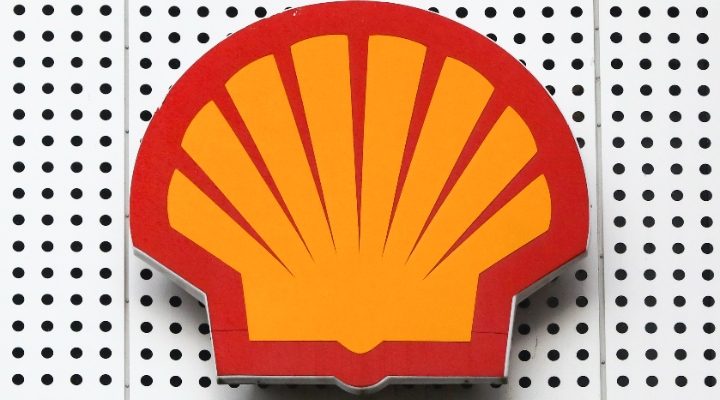Falling oil prices will cause big problems for oil and gas companies both this year and next, Moody’s Investors Service has warned. Morningstar analysts forecast oil to stablise at $70 over the long term – but today Brent sits at just $47 a barrel.
Commodities have been a difficult place to be for investors over the past few years. After an incredible bull run to the beginning of 2011, in which the price of oil reached $147 a barrell, natural resources have disappointed since. After the global recession the diversification benefits of commodities, buoyed by demand from China, made the sector attractive to retail investors. Funds such as BlackRock Gold & General saw considerable inflows. In 2009 the fund, run by Evy Hambro returned 40% to investors, followed by 42% the following year. However in the five years since, the fund has lost a considerable sum, down 21% year to date thanks not just to the recent oil price fall but wider natural resources losing value.
The fund retains it’s Gold Analyst Rating thanks to the strong management team – but the sector is troubled.
How Saudi Controls the Oil Price
We consume 90 billion barrels of oil a year as a planet. Of these 90 billion 30 billion are produced by OPEC – the group of 12 oil-exporting developing nations – and 10 billion by Saudi Arabia alone.
When supply becomes tight and demand rises, OPEC steps in and provides extra production. Similarly, in the past, where production elsewhere has increased, OPEC has slowed down. Saudi is the “swing producer”, the commodity king that keeps world supplied and oil prices stable. For years this was around $100 a barrel, a level that oil producers, refines and suppliers become comfortable with.
When shale exploration and production in the US ramped up significantly in the past two years, Saudi was expected to trim production to counter this. But they didn’t and as a result of oversupply oil prices began to drift down last year. Then in a meeting in November OPEC confirmed this policy and the price halved to $45 a barrel.
How Can Oil Companies Recover?
“It has been a difficult time for oil companies,” said Artemis Global Energy Fund manager Richard Hulf.
“Corporates were under prepared for this politically driven decision from Saudi in order for them to maintain market share. They want to continue to produce 30 of the 90 billion barrels a year. The move has not been about putting US shale out of business, the nature of shale production is it is flexible. It is not like projects in North Sea, for example which involves considerable planning and engineering – shale can be turned on and off.
“Saudi’s actions were to try and halt new productions – the mega projects of mega expense such as proposed drilling in the Artic and deep sea projects in the Southern Hemisphere.”
What Next for the Oil Price
At $50 a barrel for Brent Crude Oil these megaprojects are priced out – too much initial expense for not enough reward. After time, existing projects may also be forced to close, those in the North Sea, Brazil and China rely on oil at $80 a barrel and in the event these projects shut down demand will fall and the oil price will rise.
“OPEC is going flat out on production – they have no spare capacity,” said Hulf. “If they decide to slow, or more at risk productions shut down the price of oil will rise. We expect this will happen between now and the first three months of 2017.”
In the 18 months until then Hulf says the low oil price is good for the sector – forcing companies to focus on their balance sheets and strip out inefficiencies. If they can survive at $45 a barrel, when the price does eventually rise they will be a strong position.
Large integrated oil companies such as BP and Exxon are best placed for this according to Hulf, as well as high quality, mid-sized producers.
“Investors and corporates should not expect return to $100 a barrel,” said Hulf. “Most people agree the long term view is $85 a best.”






























